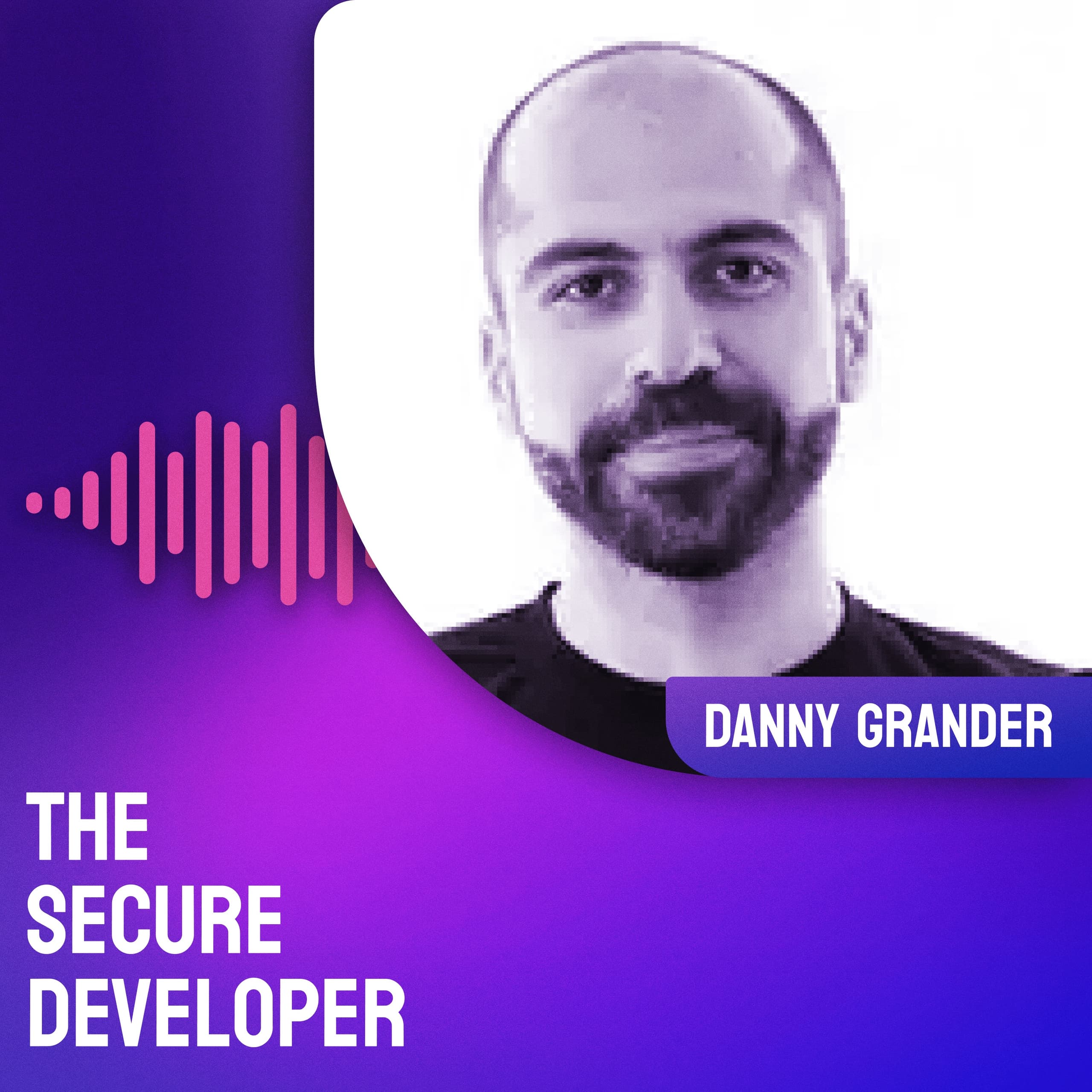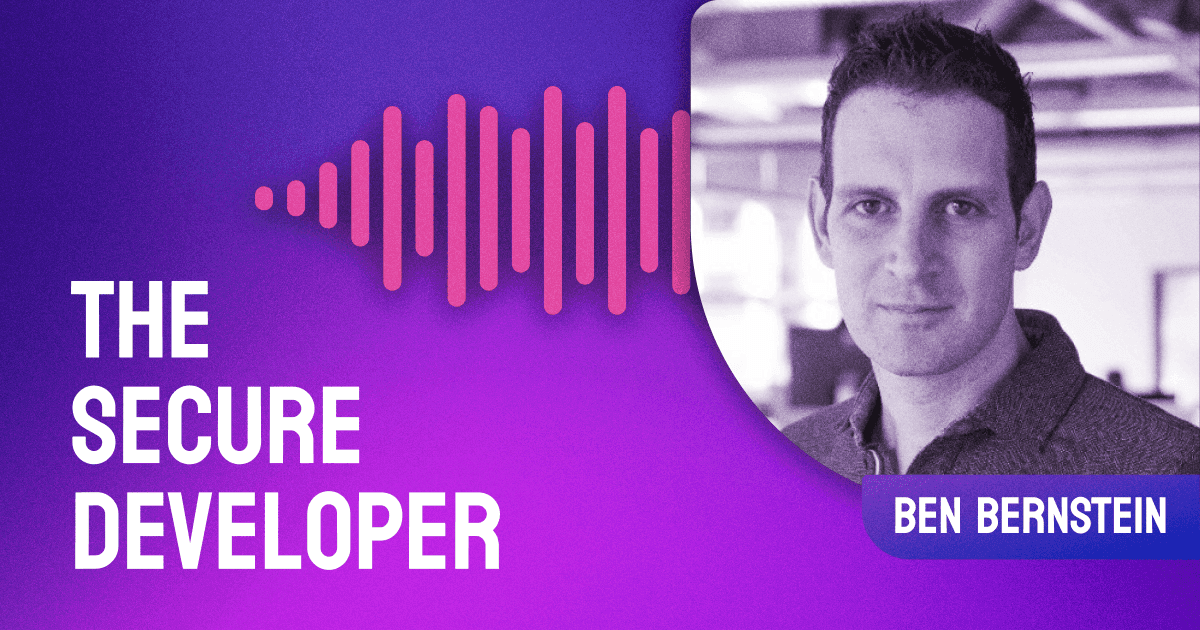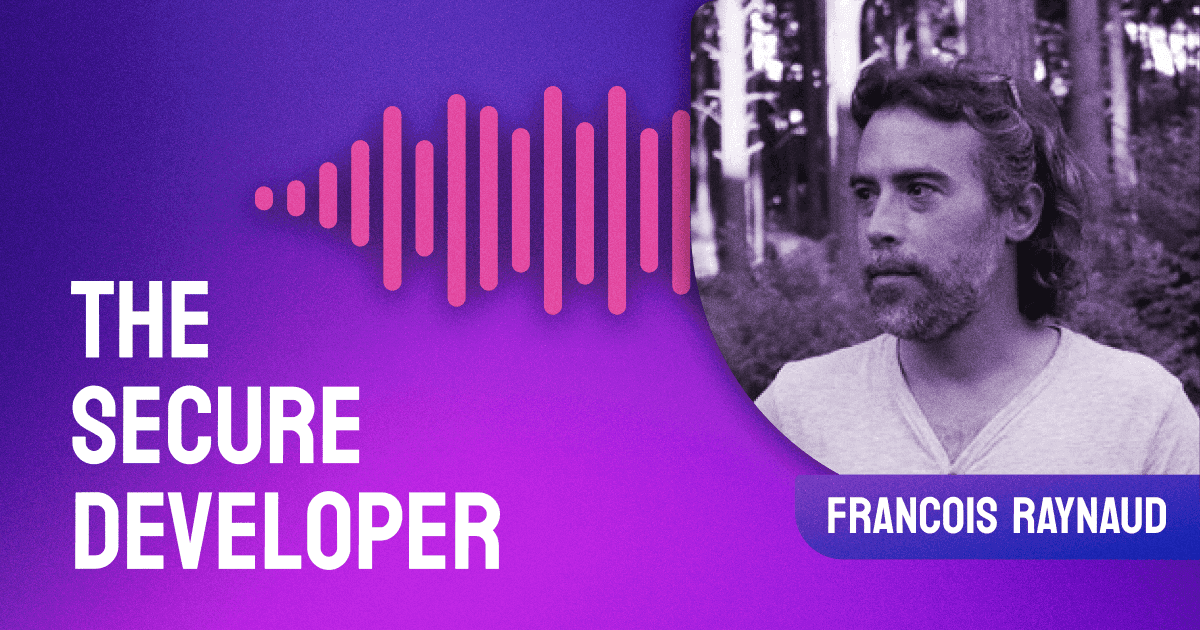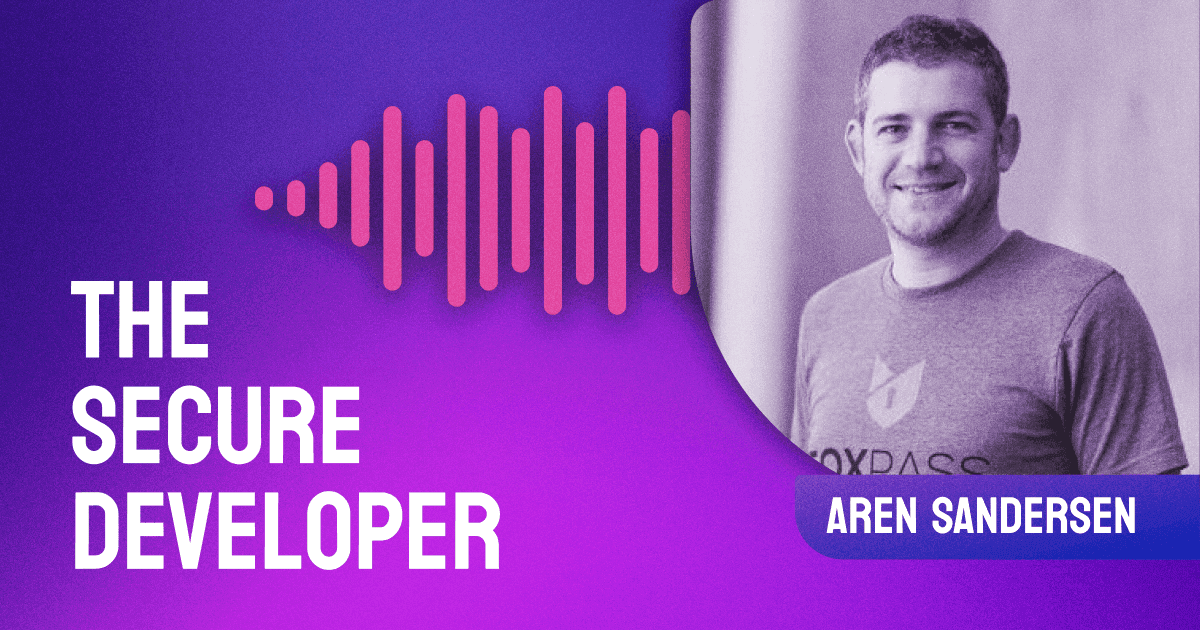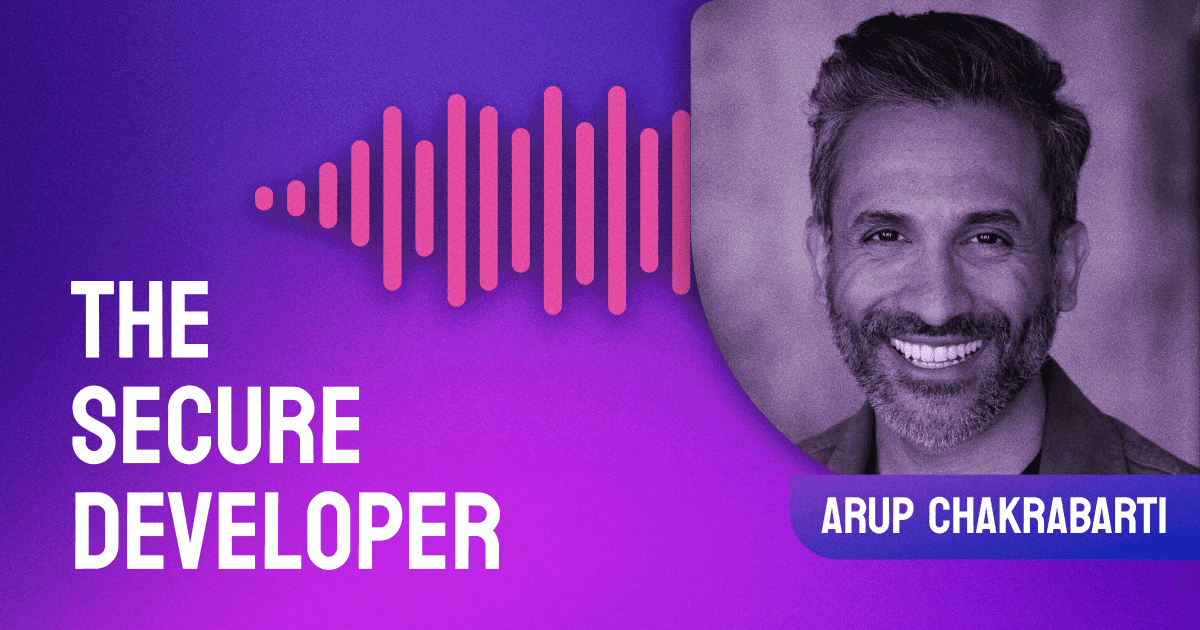In episode #6 of The Secure Developer, Guy is joined by his Snyk.io co-founder Danny Grander for an in depth discussion on CTF (Capture The Flag) competitions in the security world. Learn about the differences between jeopardy style and attack-defense CTFs, the future of AI powered hacking (and defense!), and where you should start if you’re interested in playing.
The post Ep. #6, Developer War Games: Capture The Flag! appeared first on Heavybit.
